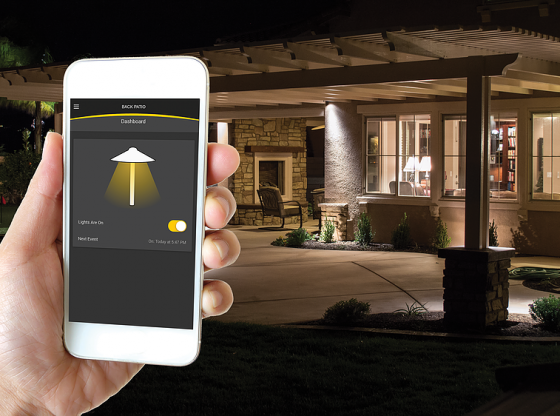LED lighting has driven the need for us to use an amp meter different than the traditional meters we’re all used to. We highly recommend using an amp meter that measures “True RMS”.
See the article “About RMS Amp Meters” for a more detailed explanation of what an RMS amp meter is and why to use it.
Bottom line, because LED lighting has electronics now factored into the amp draw, we need a more accurate way to measure the amp load. An RMS meter provides the accuracy we need. Using a standard amp meter will deliver inconsistent and erroneous readings that could cause you to overload a wire path or transformer.
To make matters more confusing, there are two types of RMS meters!
Average Sensing- RMS Indicating
Has been the most common type because it’s low cost to manufacture. They measure the average of an AC sine wave, then multiplies it by 1.112 to come up with an RMS reading.
It’s called and “averaging” sensing, calibrated to the RMS of a sine wave. It is only accurate on sine waves. Unfortunately, an averaging meter may be off by as much as 50% depending on the waveform measured.
RMS Sensing- RMS Indicating
In this case the meter computes the RMS value of a measured waveform (sine or otherwise). This is the only “True RMS” type of meter. Readings are very accurate for any type of waveform.
So, we recommend using a RMS Sensing- RMS Indicating meter. But don’t panic! There are now meters hitting the market around the same cost as a normal meter. We are converting our inventory over to carry just True RMS meters.












